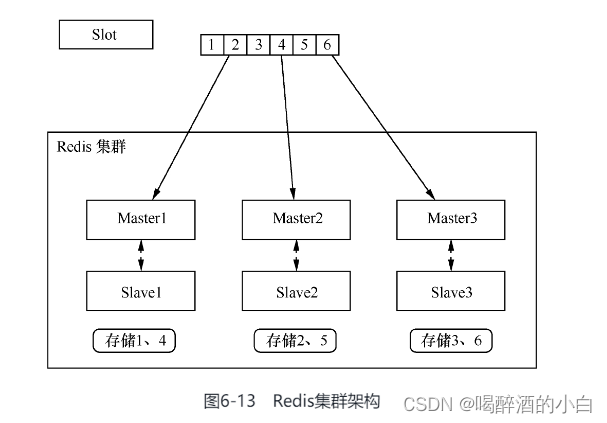Redis
哨兵 主从

集群

V1
MongoDB and Redis are both popular NoSQL databases, but they have different approaches to sharding.
MongoDB is a horizontally scalable document-oriented database that allows you to partition data across multiple nodes in a cluster, known as shards. Each shard contains a subset of the data, and MongoDB’s built-in sharding functionality automatically balances data across the shards to ensure optimal performance and availability. MongoDB’s sharding is designed for large-scale data sets and is particularly useful for applications that require high write throughput.
Redis, on the other hand, is an in-memory database that is optimized for speed and performance. Redis allows you to shard data across multiple nodes using its built-in clustering functionality. However, Redis’s sharding is typically used for horizontal scaling and load balancing, rather than for data partitioning. Redis’s sharding allows you to distribute data across multiple nodes to increase read throughput and reduce response times.
In summary, both MongoDB and Redis support sharding, but they have different approaches and use cases. MongoDB’s sharding is designed for partitioning large-scale data sets and is particularly useful for high-write applications, while Redis’s sharding is primarily used for horizontal scaling and load balancing to improve read throughput and response times.
V2
Both MongoDB and Redis are NoSQL databases that can be scaled horizontally by distributing data across multiple servers, or “shards”. However, the way they shard their data is different.
In MongoDB, sharding is used to horizontally partition data across multiple servers or “shards”. Each shard contains a subset of the data, and MongoDB’s built-in sharding functionality automatically balances data across the shards to ensure optimal performance and availability. MongoDB’s sharding is useful for applications that need to store and process large amounts of data that require high write throughput.
In Redis, sharding is used to distribute data across multiple Redis instances for horizontal scaling and load balancing. Redis’s sharding allows you to distribute data across multiple nodes to increase read throughput and reduce response times.
In summary, both databases use sharding for scaling horizontally, but MongoDB’s sharding is used primarily for partitioning large-scale data sets and is particularly useful for high-write applications, while Redis’s sharding is used primarily for horizontal scaling and load balancing to improve read throughput and response times.





















 2437
2437











 被折叠的 条评论
为什么被折叠?
被折叠的 条评论
为什么被折叠?








